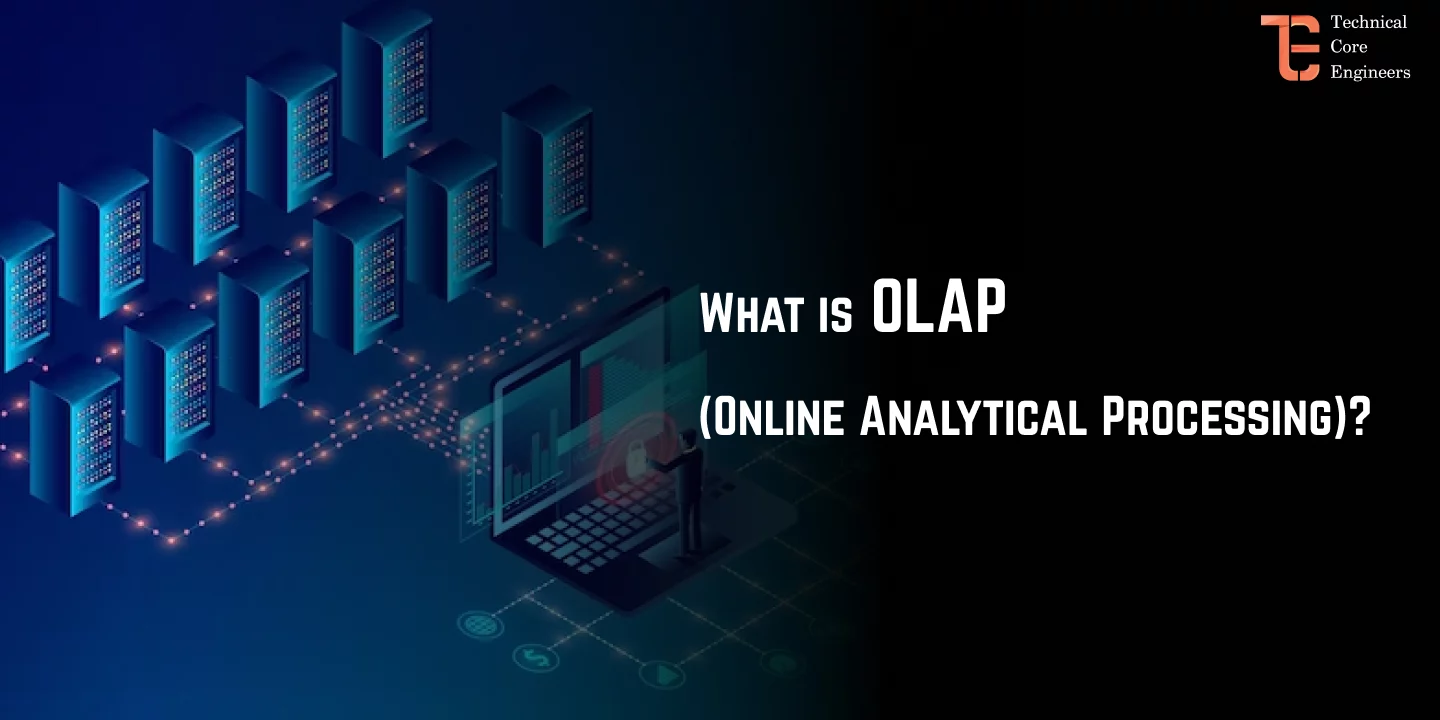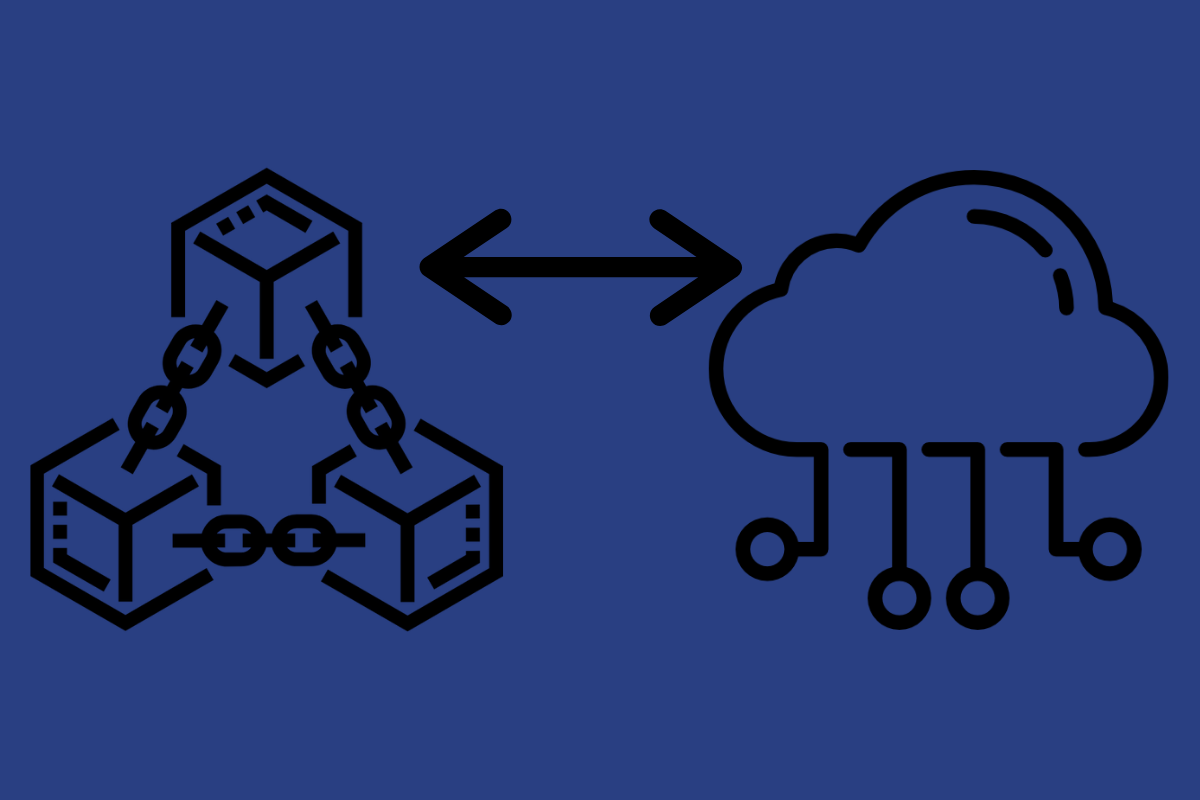- Home
- Cloud Computing
- What Is OLAP (Online Analytica ...

What Is OLAP? This blog contains in-depth information on OLAP. The society we live in today is driven by data, and every day, enormous amounts of data are collected and stored. It becomes increasingly important to have the capacity to access and analyze data efficiently as an organization creates more of it.
Unfortunately, many businesses today still view data analysis as a weak point. But, this is a primary and important topic because if you select the wrong type of data storage system while performing ineffective analysis.
What Is OLAP?
OLAP stands for Online Analytical Processing. It is a category of software tools and technologies used for a multidimensional analysis of data. This system allows users to interactively analyze and explore large volumes of data from multiple perspectives, providing a powerful way to gain insight and make informed decisions.
That is the technology behind many businesses’ intelligent (BI) applications. OLAP is a powerful technology for data discovery. And includes capabilities for limitless report viewing, complex analytics calculations, and predictive “what if” scenario planning.
Furthermore, Online Analytical Processing systems typically use a multidimensional data model, which means that data is organized into dimensions and measures.
Dimensions are the different aspects of a business, such as time, product, or customers. Measures are the metrics that are use to track the performance of a business, such as sales, profits, or costs.
For IT, an OLPA solution enhances a data warehouse or other relational database with aggregate data and business calculations.
In addition, By enabling business users to do their own analyses and reporting, the OLAP system reduces demands on IT resources.
We Tecoreng explain In this article, You will learn about OLAP and the Different OLAP Types, their benefits & limitations, and OLTP Vs OLAP. So, Sticks with us and enjoy more!
OLAP Key and Features
- Multidimential Data Model
- Dimension Hierarchies
- Fast Query and Analysis
- Aggregation
- Interactivity
- Business Intelligence
- Types Of OLAP
Multidimensional Data Model
OLAP systems organize data in a multidimensional structure, typically represented as cubes. These cubes have dimensions (such as time, geography, product, etc.)
And measures (numeric data that can be aggregated, e.g., sales revenue).
Dimension Hierarchies
Dimension is an OLAP cube that is often organiz into hierarchies, which represent different levels of detail. For example, a time dimension hierarchy, which represents the next level of detail.
Fast Query and Analysis
Fast query and analysis that are optimize for a rapid query and analysis. So, users can slice and dice the data, drill down to lower levels of detail, and pivot to view data from different angles quickly.
Aggregation
Aggregation is an OLAP system that can pre-calculate and store aggregated data at various levels, allowing for faster query response times. So, This process is known as data pre-aggregations.
Interactivity
That tools provide a highly interactive and user-friendly interface, allowing users to explore data intuitively and dynamically.
Business Intelligence Integration
That is commonly use as a component of business intelligence (BI) systems to help businesses gain insight into their data and make data-driven decisions.
Types OF OLAP

There are mainly 3 types of OLAP systems: 1) MOLP (Multidimensional OLAP) 2) ROLP (Relational OLAP) and 3) HOLAP(Hybrid OLAP). MOLP stores data in multidimensional cubes, whereas ROLAP stores data in a relational database and uses special techniques to provide multidimensional capabilities. HOLP systems combine the features of MOLAP and ROLAP.
OLAP has proven to be particularly valuable for tasks like financial reporting, sales analysis, market research, and other scenarios where analyzing data from multiple dimensions is essential for better decision-making.
The OLAP hierarchical structure begins with OLAP and is follow the three other types. So, There is ROLAP. MOLAP, and HOLAP.
ROLAP
Relational OLAP (ROLAP) is an expanded relational database management system that uses data from relational databases. While enabling multidimensional data analysis, all of the facts and dimension tables are maintaine as relational tables.
The two key benefits of ROLAP are its high processing efficiency for big data and its scalability due to its ability to handle huge amounts of data. The main disadvantage of this OLAP system is that it uses more resources than others and has slower query performance.
MOLAP
A multidimensional data cube is used in the multidimensional OLAP, also known as MOLAP, a technique to simplify data analysis. So, Users can have a variety of views for their data using MOLAP, each with a particular perspective.
Fast query performance, reduced data volumes, and the capacity to automatically calculate greater levels of data are MOLAP’s key benefits. In comparison to ROLAP, it is less scalable, and the methodology itself is infamous for producing data redundancy.
HOLAP
ROLAP and MOLAP methodologies are used to create hybrid OLAP (HOLAP). It combines the excellent scalability of ROLAP with the rapid computing of MOLAP.
The main advantage of employing HOLAP is that it contributes to better disk space management while making use of cube technology, which enables quicker performance for all data kinds. Due to the fact that HOLAP supports both ROLAP and MOLAP, it has the most difficult user interface.
Difference: OLTP Vs OLAP

OLAP stands for online analytical processing. A three-tier design known as online transaction processing (OLTP) allows it to accommodate transaction-oriented applications.
With data processing as its primary goal, the most typical usage of OLTP is to manage the regular transactions that take place inside an organization.
An ATM center is one instance of an OLTP system in use. Assume for the moment that a couple has a bank account that they use jointly. One day, the two plan to take the whole balance from their accounts simultaneously at two different ATMs.
There are differences between OLTP Vs OLAP
| Parameters | OLTP | OLAP |
| Query | OLTP inserts, updates, and removers data from the archive. | OLAP mostly does select operations. |
| Source | The sources of data in OLTP are the transactions that take place. | Different OLTP databases are the sources of OLAP. |
| Process | OLTP is an online transactional system that handles database modifications. | OLAP focuses on online analysis and the retrieval of data. |
| Functionality | OLTP function as an online database for modifying data. | OLAP functions as a system for database query management. |
| Data Integrity | An OLRP database has to maintain data integrity constraints. | Data integrity isn’t an issue with OLAP databases. |
| Purpose | OLTP is made to handle real-time business operations. | OLAP is designed for analyzing business measures. |
| Back-up | OLTP has complete data backup along with incremental backups. | OLAP only has to perform a backup from time to time |
| Productivity | OLTP helps improves self-service in users and overall productivity. | OLAP increases the productivity of organization analysts. |
| Response Time | Response time in milliseconds | Response time is seconds to minutes. |
| Performance Metric | Transaction throughput. | Query throughput |
| Productivity | That helps improve self-service in users and overwell productivity. | OLAP increases the productivity of organization analysts. |
Benefits Of OLAP
Fast and Interactive access to data.
OLAP systems allow users to quickly and easily access data from multiple perspectives. So, This makes it easy to identify trends, spot anomalies, and make informed decisions.
Support for complex analysis.
That system can handle complex analytical queries, such as “what-if” scenarios and drill-down analysis. This allows users to explore data in depth and gain a deeper understanding of their business.
Scalability
OLAP systems can be scaled to handle large volumes of data. Also, This makes them ideal for businesses that are growing or that have a lot of data.
So, If you are looking for a way to analyze large volumes of data and make better decisions for your business that are OLAP is a valuable tool.
Limitation Of OLAP
Cost
OLAP systems can be experienced to implement and maintain.
Complexity
OLAP systems can be complex to use and manage.
Data Accuracy
OLAP systems are only as good as the data they are fed. If the data is inaccurate, then the results of the analysis will be inaccurate as well.
Overall, OLAP is a powerful tool that can be used to analyze large volumes of data and make better decisions for your business. However, it is important to be aware of the limitations of OLAP before you implement it.
Conclusion
Finally, OLAP (Online Analytical Processing), a complex technology that recognizes data, offers report viewing capabilities, conducts challenging analytical computations, and anticipates scenarios and budgets, is use in many Business Intelligence (BI) products.
It works by gathering data from many sources (including spreadsheets, videos, XML, and other formats) and storing it in data warehouses, where it is then cleaned up and organized into data cubes so that users can run queries on it.




